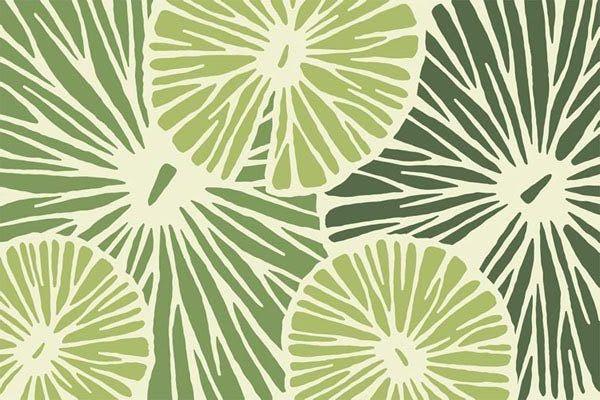
Get the latest articles delivered directly to your inbox!
Our Contributors
Class of 2022
Kyle Duke
Austin Foster
Charlotte Leblang
Ross Lordo
Class of 2021
Dory Askins
Connor Brunson
Keiko Cooley
Mason Jackson
Class of 2020
Megan Angermayer
Carrie Bailes
Leanne Brechtel
Hope Conrad
Alexis del Vecchio
Brantley Dick
Scott Farley
Irina Geiculescu
Alex Hartman
Zegilor Laney
Julia Moss
Josh Schammel
Raychel Simpson
Teodora Stoikov
Anna Tarasidis
Class of 2019
Michael Alexander
Caitlin Li
Ben Snyder
Class of 2018
Alyssa Adkins
Tee Griscom
Stephen Hudson
Eleasa Hulon
Hannah Kline
Andrew Lee
Noah Smith
Crystal Sosa
Jeremiah White
Jessica Williams
Class of 2017
Carly Atwood
Laura Cook
Ben DeMarco
Rachel Nelson
Megan Epperson
Rachel Heidt
Tori Seigler
Class of 2016
Shea Ray
Matt Eisenstat
Eric Fulmer
Geevan George
Maglin Halsey
Jennifer Reinovsky
Kyle Townsend
Join USCSOMG students on their journeys to becoming exceptional physician leaders.

M1’s in a Mud Run
One of the cool things about medical school—despite the stereotype—is that we have each other’s backs. Sometimes that means helping someone understand some material, and sometimes it means staying late in anatomy lab to finish cleaning because your partners have to go. Other times, it means hoisting people up an eight-foot wall while covered in mud.
In the first week of Neuro module, one of my classmates called me over during a lecture break and asked, “Do you want to do a mud run?” This was puzzling to me. It is a well-known fact with my classmates that I don’t like running. I play keeper for our soccer team. I play tennis and volleyball. If I have to move any further than about ten yards, I am not interested. Last time I “ran” a 5k I didn’t move from my recliner for the rest of the weekend. Despite all of these things, I handed over my $20 and said, “Sweet, when is it?”
I had four weeks to train. I knew I wasn’t in shape for a mud run, so I worked out as much as I could (remember, we were in Neuro module; most spare time was spent studying). The training I did was not the right kind of training. I did a lot of bike riding, so that I could read and work out simultaneously. As it turns out, riding a bike is not running. One prepares you for a mud run, and the other lends you a false sense of security that comes crashing down around you as you run on and on chasing your gazelle-like teammates through 3.2 miles of mud and trees.
There is one thing that can make a mud run even more miserable than its basal level of misery; that thing is weather. If it is too hot, it’s miserable. If it’s too cold, it’s miserable. One would think that a mud run scheduled for April 20 would be safe from a temperature problem. One would be wrong.
We arrived at Heritage Park in Simpsonville at 9 a.m., shivering in the 45-degree air. We ran around, warming up our muscles and stretching, waiting for our 9:34 start time. As that time approached, we moved to the start line, and I saw the pit of mud that was the first of 25 obstacles. I shivered harder. Our time came, and off we went. Our team arrived at the pit, and I decided to set the tone, jumping right in. One of the things about muddy water is that when you look at it, you have no idea how deep it is. It was deep and exceptionally frigid. I moved through the mud using a sort of army crawl/doggy paddle/swimming maneuver that I’m told was entertaining to watch, and hauled myself out the other side. My team and I then started jogging, overcoming obstacles as we came to them and suffering together. Or at least I was suffering. My teammates were all runners; during school we’ll be studying and any one of them might “go run a quick six miles to burn some energy.”
Most of the race is a blur of pain for me. I trudged along, and my teammates took turns running with me to make sure I didn’t fall behind. It said a lot about how good of friends we’ve all come to be this year. They knew just what to say to keep me going, I cared about them enough to keep running, and at the end of the race we crossed the finish line together. Medical school has a stigma of being extremely competitive and cutthroat; and it can be. However it also helps form great friendships, and teaches lots of lessons about teamwork. Medicine isn’t a profession of independent operators anymore. We have to work together. We have to have each other’s backs. It was cool to see how that happens even outside the classroom, running through the cold and the mud.
Transforming Medical School Blog
Copyright 2021 USC School of Medicine Greenville


